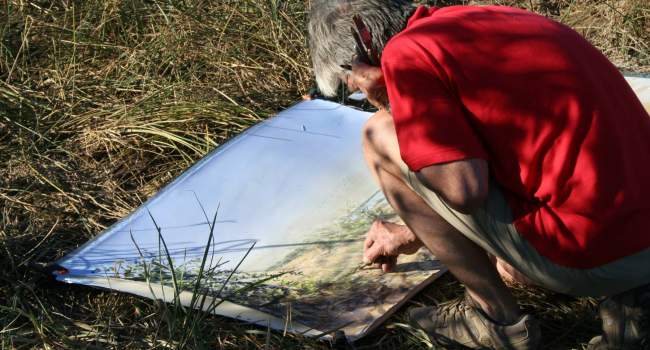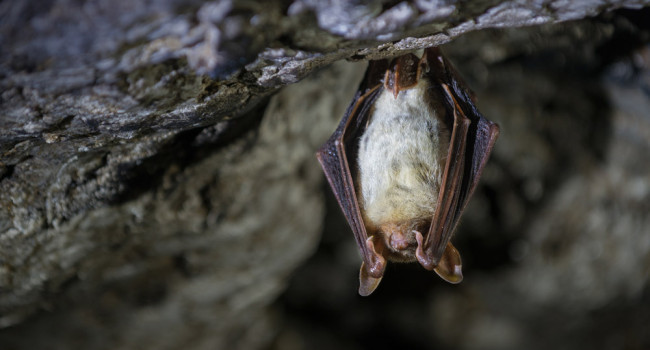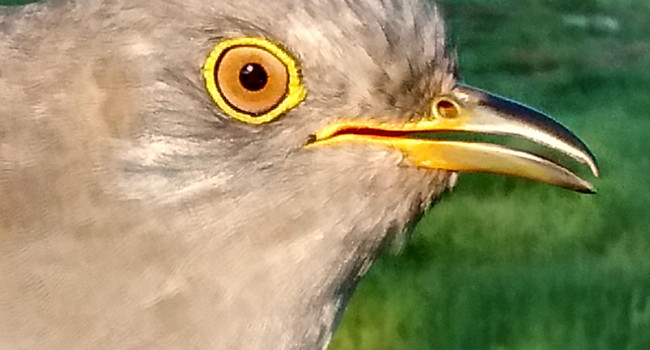Sexing of Black-tailed Godwits Limosa limosa islandica: a comparison of behavioural, molecular, biometric and field-based techniques.
Author(s): Gunnarsson, T.G., Gill, J.A., Goodacre, S.L., Gélinaud, G., Atkinson, P.W., Hewitt, G.M., Potts, P.M. & Sutherland, W.J.
Published: January 2006 Pages: 6pp
Journal: Bird Study Volume: 53
Digital Identifier No. (DOI): 10.1080/00063650609461433
Download article 301.3 KB application/pdf
Capsule Biometrics and plumage characteristics can both be used to reliably sex Black-tailed Godwits.
Aims To develop methods of sexing Black-tailed Godwits and to validate their relative accuracy.
Methods A sample of 84 Black-tailed Godwits was sexed by DNA analysis of feather samples. The biometric data and plumage characteristics of these birds were then used to develop protocols for sexing godwits in the field.
Results A discriminant function analysis of biometric data correctly sexed 95% of the DNA-sexed reference sample. Of 808 birds caught throughout the range, 74% could be sexed with this method. Approximately 85% of the reference sample were correctly sexed on three plumage characteristics in the hand. Of 105 birds sexed by DNA or biometrics, 82% were sexed correctly on general impression and shape in the field.
Conclusions For the many species with limited sexual dimorphism, a relatively small sample of accurately sexed birds can provide a means of testing and improving current morphological methods of sexing.







Share this page